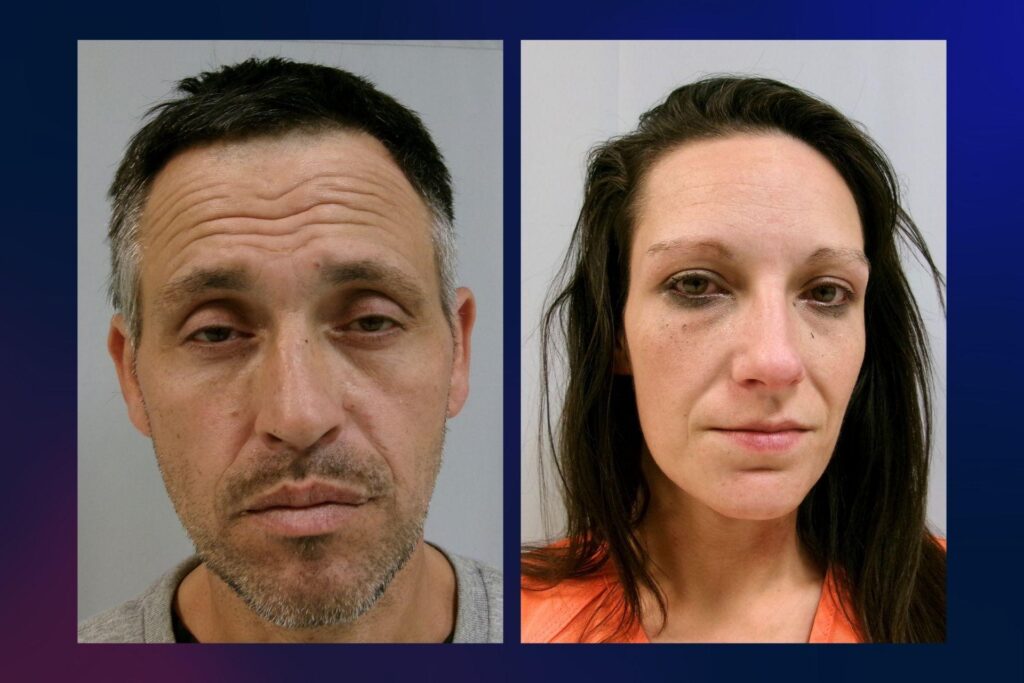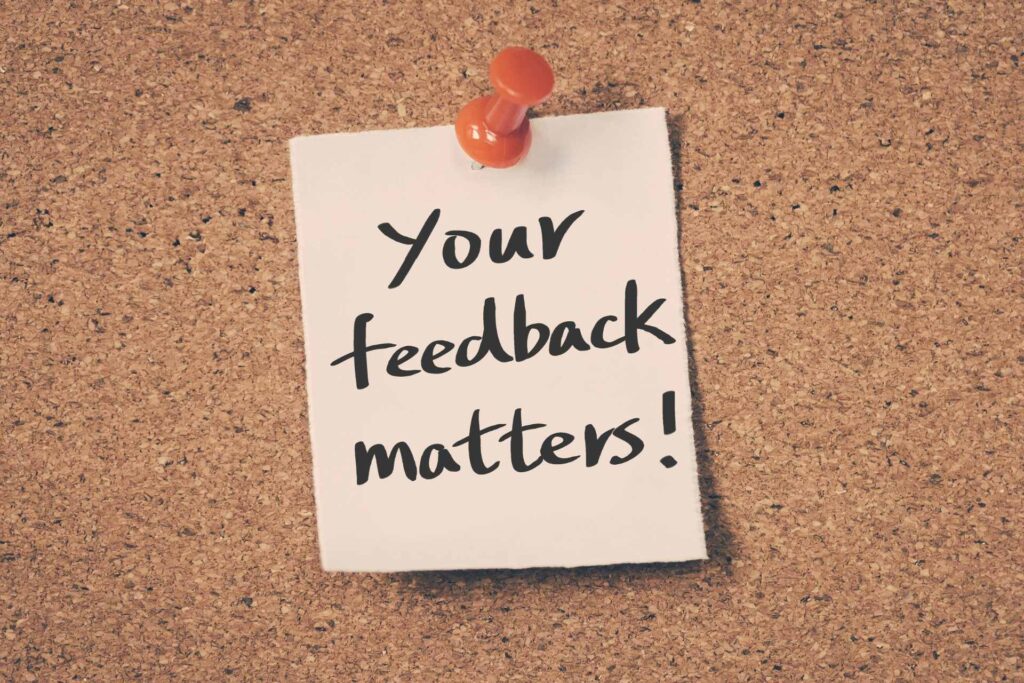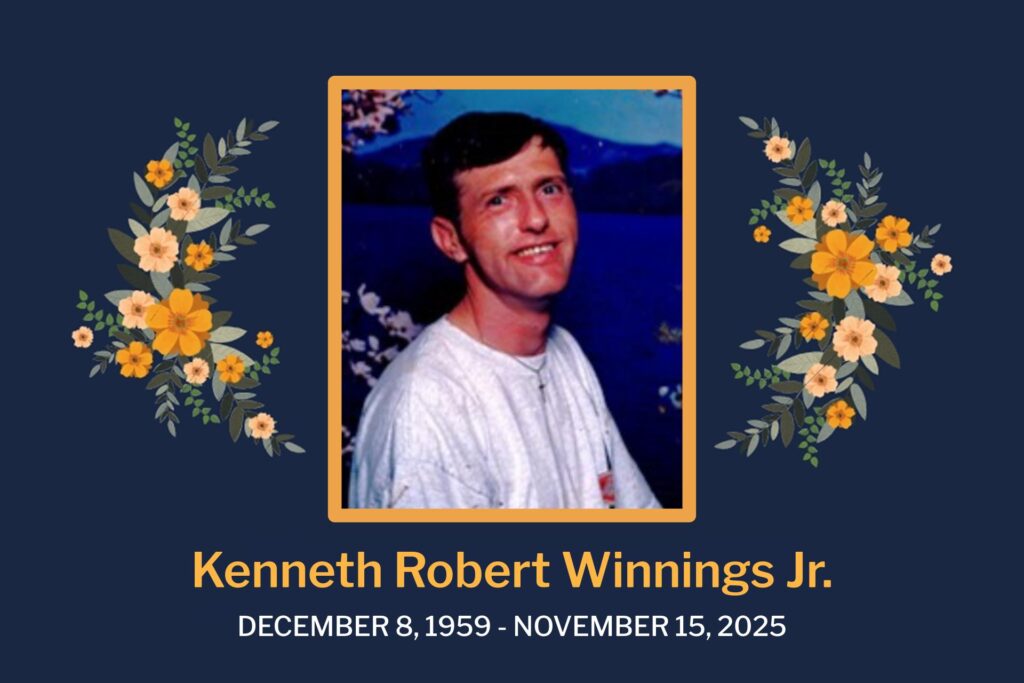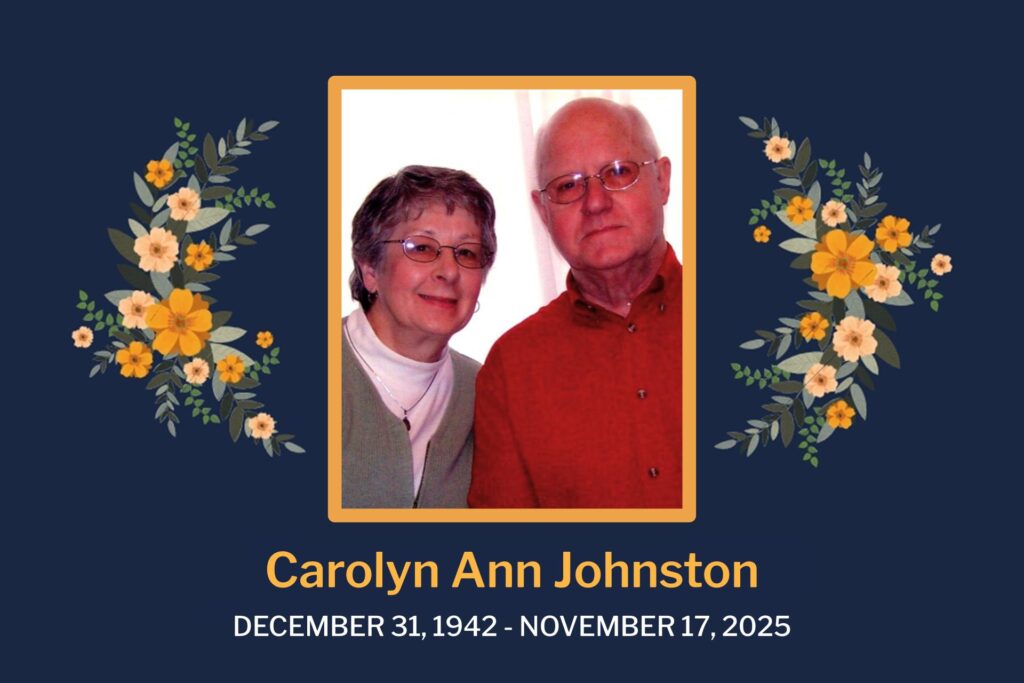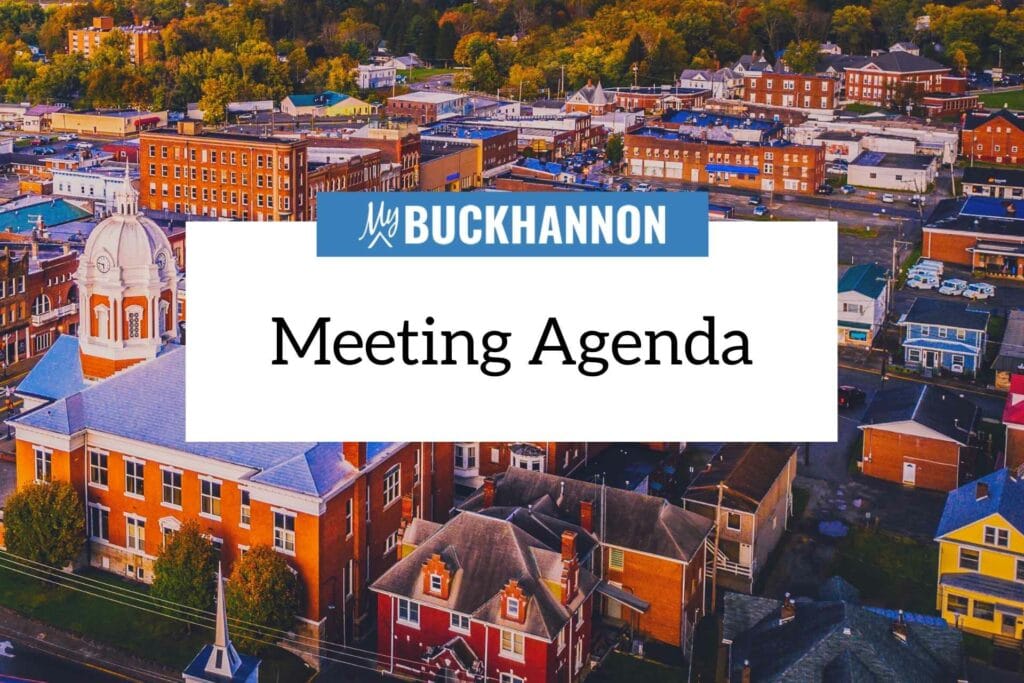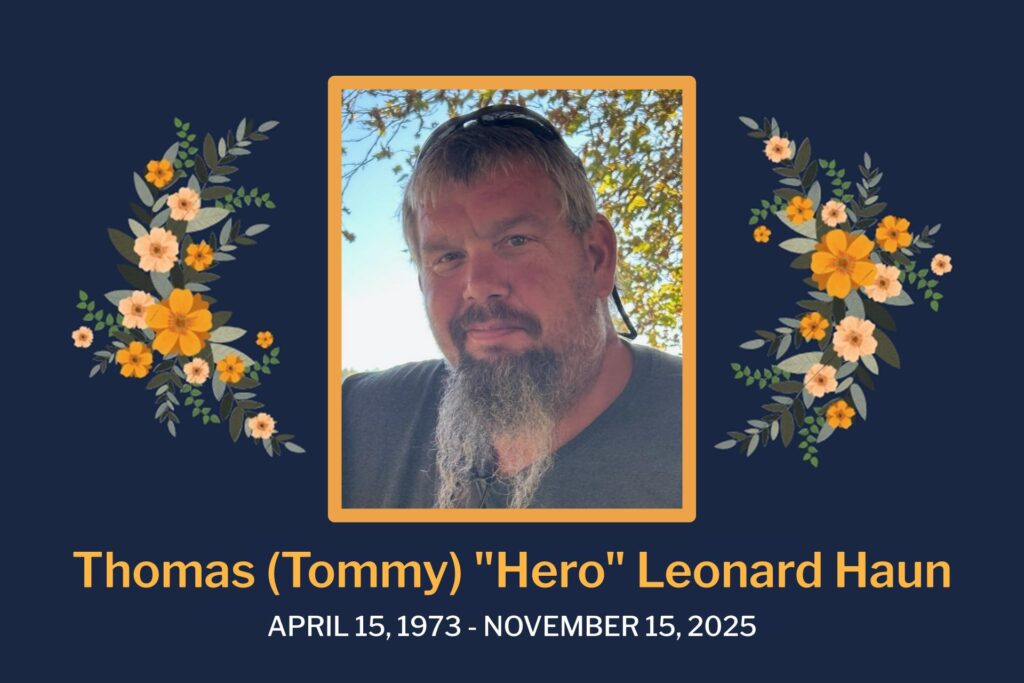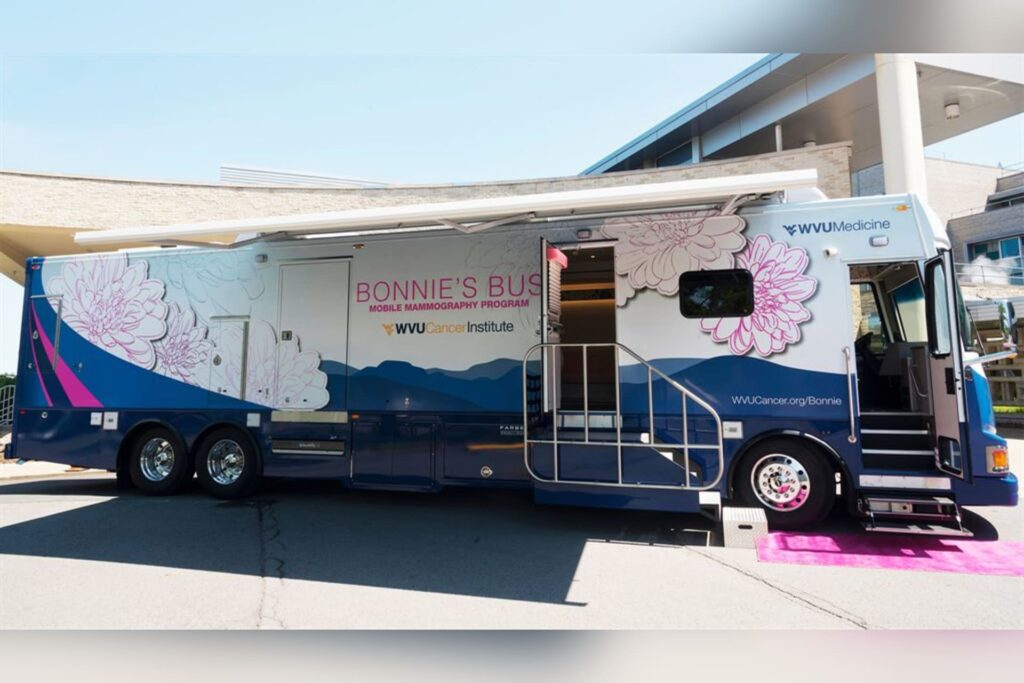Editor’s note: This story was originally published by Mountain State Spotlight. Get stories like this delivered to your email inbox once a week; sign up for the free newsletter at https://mountainstatespotlight.org/newsletter
By Emily Allen, Mountain State Spotlight
State housing officials have tens of millions of dollars to help renters and landlords weather the pandemic’s economic disruption, but they’ve only given out a fraction of the money to those who need it.
About 193,600 West Virginia households are renters. Although there has been a fairly broad federal moratorium on evictions since September 2020, many of those renters are still falling behind on payments. And this means once the moratorium is lifted, they could owe thousands of dollars and risk losing their homes.
“I have seen it come up in a lot of different ways,” Legal Aid of West Virginia attorney Katheryn Marcum said. “Someone gets sick because of COVID and is forced to quarantine, or they’re not able to work for a period of time … For an hourly worker, that’s a significant portion of their paycheck.”
But even though the Mountaineer Rental Assistance Program (MRAP) has been around for months, most of the money is still unspent. As of last Wednesday, officials had given out $15.6 million from the fund.
Officials for the West Virginia Housing Development Fund, which is overseeing MRAP, say more people will be served soon: staff are still processing applications for more than $24.2 million in requested assistance, but the applications usually take three to five weeks or longer to process.
“It’s just a painfully slow process,” said Jennifer McQuerrey, a South Charleston landlord and the director of the West Virginia Landlords Association. “They’re saying they’re getting out this money, but it’s not flowing through to us.”
Why isn’t this money reaching people?
Officials in the U.S. Treasury Department have said that for rental assistance programs across the country, including West Virginia, the need is outpacing action. The U.S. Census Bureau estimated in its Household Pulse Survey that more than 4.6 million Americans were behind on their rent or mortgage payments in July.
The same survey queried 62,000 West Virginians, and estimated 60% were behind on their rent or mortgage payments and facing eviction (though the actual number statewide could be much higher or lower).
But so far, only about 6,400 West Virginians have applied for help through the Mountaineer Rental Assistance Program.
No one has any clear answers as to why the program has spent so little, four months in. Those who helped form the program emphasize that it’s the first of its kind in the state. This has come with some growing pains.
“When we first started, we made jokes about trying to fly a plane while you build it,” said Christy Kinder, program director for the Southwestern Community Action Council in Cabell County. Agencies like hers normally collect federal dollars for aid, and connect them to low-income community members. MRAP is using these 16 community action councils across the state to help process applications — some locations are offering in-person help to prospective applicants.

While there’s still much to be allocated, local advocates for housing access say the fund has the potential to make a real difference where existing programs lack the resources.
“There really aren’t a lot of rental assistance programs, especially in our area,” said Kinder. “[Rent] is a really expensive form of assistance to provide.”
In Kanawha County, Covenant House — a nonprofit working to address homelessness and connect people with rapid rehousing — already is overwhelmed by an increase in need this year.
Director Ellen Allen said they’ve sent out their own forms of assistance for rent and utilities to people 1,388 times already this year — outpacing what they had sent in rental and utility aid by this point last year by about 10%.
“We thought we’d see a reduction, but it actually increased,” Allen said.
The application process
To qualify for the Mountaineer Rental Assistance Program, West Virginians must have one household member who qualifies for unemployment benefits or has experienced a reduction in household income, new significant costs or a financial hardship tied to the coronavirus outbreak. All applicants must earn less than 80% of the area median income.
The application is available online, but it comes with a list of records that applicants need to submit by scanning them, uploading a photograph or sending copies over mail. Officials estimate the application takes up to two hours to complete.
Many of the applications that haven’t been fully processed are incomplete, according to WVHDF communications administrator George Gannon.
“We have been in contact with these applicants encouraging them to complete their applications and receive help,” Gannon said in an email.
As of Wednesday, MRAP had denied 5.6% of its applicants, and Gannon said they’re sending out about $1 million each week. Processors were still working through roughly 3,300 requests for roughly $24 million in assistance.
Assuming all of that would be awarded, roughly $220 million still remains.
‘Promising practices’
The U.S. Treasury Department has noted that most states are struggling to keep up with their renters’ needs. Like West Virginia, states with similarly structured rental assistance programs did much better in May than they had earlier in 2021, giving away 60% more payments than they had in the previous month, according to the U.S. Treasury.
By August, West Virginia was doling out more than double what it had allocated to renters at the end of June.
Still, the federal agency noted in July that states like West Virginia have to do better and work faster. They released a plan offering clear steps states can take to try to get more help to the people who need it.
Some of the Treasury Department’s “promising practices” are ideas Gannon said WVHDF has tried to implement. For instance, MRAP’s application is available entirely online, and the organization has partnered with local community action agencies to offer in-person help where needed.
Gannon said MRAP also is working on another Treasury Department suggestion: to consider what similar social services applicants already qualify for, and use that information to inform their MRAP application. For example, many West Virginians who are eligible for MRAP assistance already get help from the Temporary Aid for Needy Families program (although getting TANF benefits doesn’t affect your eligibility for MRAP help).
But West Virginia isn’t implementing all of the department’s recommendations. Others include “robust data systems and real-time reporting,” which the U.S. Treasury Department said would inform housing officials in their “continuous improvement efforts” and keep members of the community informed on the program’s availability and accomplishments.
For example, Charlotte, North Carolina, has created an online dashboard, while Harris County, Texas, is building out a map of which communities are the most vulnerable and in need.
The U.S. Treasury Department also recommends collaborating with the entities who will ultimately receive these funds: landlords and utility companies. That could include proactive outreach to landlords to engage their clients, and collaborating with landlords who might also have access to the paperwork tenants need to prove employment and housing.
While West Virginia landlords are encouraged to inform their tenants of MRAP, and to make lease-related documents available to renters, they’re not formally a part of the process until they have to certify their tenant’s need at the end of the application.
McQuerrey, the South Charleston landlord, said she wishes MRAP would give landlords a more official role.
“If the government wanted to pay rent, then great,” McQuerry said of MRAP. “But that’s not what’s happening.”
McQuerry said she’s just now receiving checks from tenants who first applied in March.
Reach reporter Emily Allen at emilyallen@mountainstatespotlight.org.



